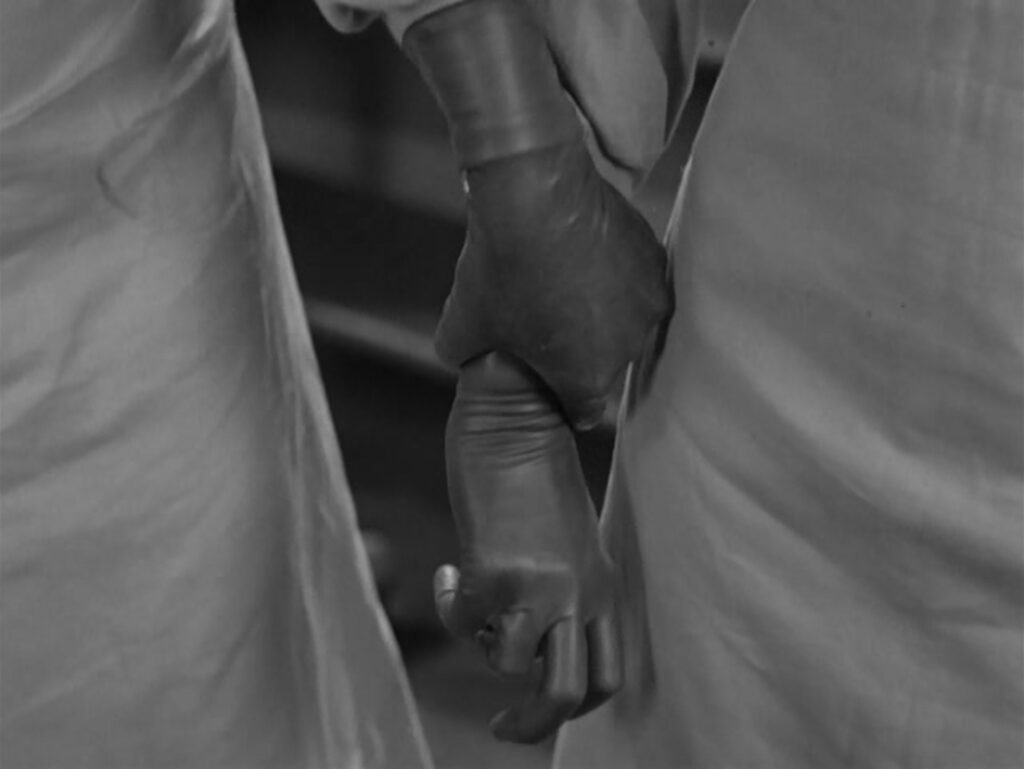Below, we publish a few questions addressed to director Dana Najlis about her competition film The Hidden Gesture. War and Melodrama in Hollywood’s 30s and 40s.
Archivio Aperto explores the theme of memory and archives. How does your film intercept this theme? What elements of the film highlight this exploration of memory?
Somehow, the films I have loved the most, are those concerned with history in all sorts of ways. I mostly write about films, always from a historicist perspective, where the most arduous task does not lie in trying to resuscitate old formulas, but rather digging around to rescue what was omitted, marginalized, or put out of focus. The films are there to be seen, but most of them are not shown. This could be the very first problem we have. The second one relates to something bigger, and that is the notion of language – a concept that nowadays can say so little to most people. This is what my film is about. Our memory is our shadow, and it is all a matter of language. That’s what we are dealing with, and it is the most enjoyable and problematic thing I can think of.
How do archive images influence the construction of the narrative? Can you tell us about a sequence in your film where archive images transformed or enriched the message you intended to communicate?
Honestly, I have never considered the material of my film as archival images. Neither I had a message a priori that could justify the materials I decided to work with. The construction of this film seemed a natural process in my way of thinking, and not only of cinema. The message, in any case, has to do with language and with a very primitive aspect of our lives. If I insist on this is because I find it more and more difficult to find in contemporary cinema a narrative that conveys an interesting perception of history, where the past can work as a constructive element and not just a series of rules to imitate or follow. It seems that most filmmakers nowadays are concerned with the idea of the “symptoms” –and of course, there have been a lot of film critics supporting this for many years now. Many films try to tear off the past from the present so the symptoms of our time can rise and transform themselves in the material of films. Avoiding or erasing the past was never a good thing, not in cinema or any other discipline, and certainly not in our own lives. I am very skeptical about this notion of the symptom, and so I am always searching for alternative ways of looking at films and thinking about them. In this way, one could say that my film is not about constructing something but deconstructing the heart of American cinema, the tragic reality of human beings always looking for something that escapes them. The key is the war; no soldiers can return from that. Souls are forever destroyed; faith is lost, and the men have to build their lives over a field of ghastly shadows.
What found footage or experimental films have played an important role in your education?
There is one film by Gregory La Cava that was introduced to me by a very good friend of mine, and this is very important because there is a way in which we reach the films that mark us. Films are not just something that appears from nowhere; there is something else attached to them, something that concerns the people around us, those people we have the chance – or the mischance – to meet in our lives. Those are the ones that push us to think more and better. But most importantly, those are the ones who can enrich the pleasure of watching films and that is something we shouldn’t forget. Pleasure and joy always guided the good movies. The film by La Cava is called His Nibs (1921) and there I found a hint of what this is all about.
